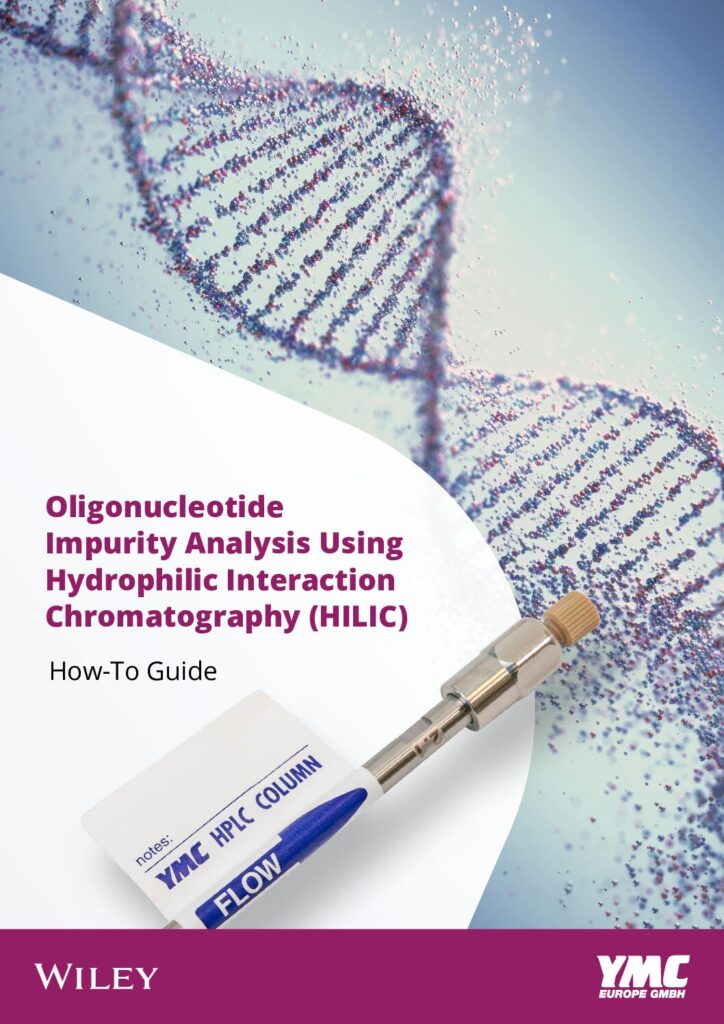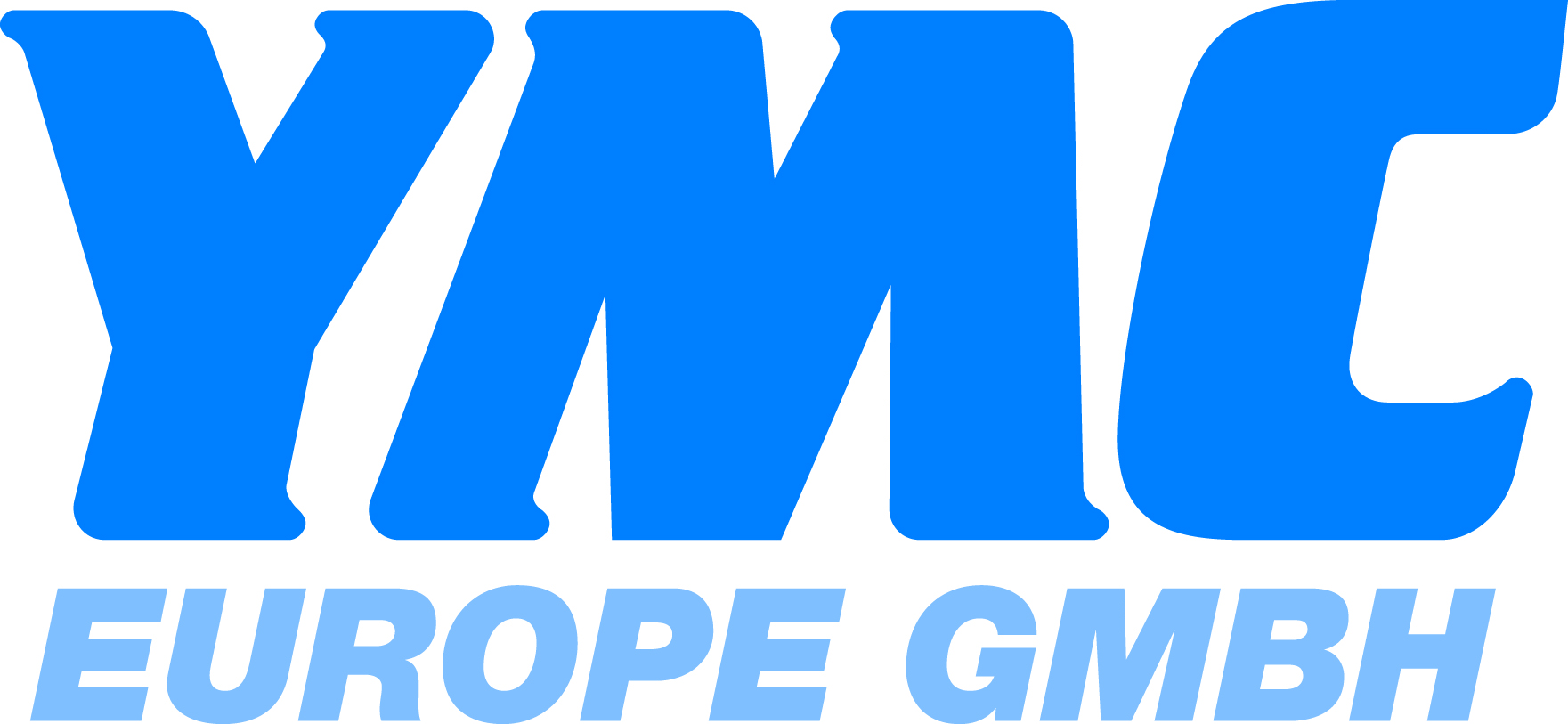Download this complimentary how-to guide today!
This how-to guide aims to provide scientists with comprehensive information on oligonucleotide impurity analysis using HILIC, empowering you to advance your research in this field.
What you will learn about:
- Optimization strategies for mobile phase and gradient conditions to enhance oligonucleotide impurity analysis using HILIC
- The integration of HILIC with mass spectrometry (MS) for precise identification and characterization of impurities
- Techniques to address sensitivity challenges, including reducing adducts and adjusting flow rates
- Troubleshooting common issues such as poor resolution and irreproducible retention in oligonucleotide impurity analysis
Click “Download Now” to download the PDF now.
LOOK INSIDE

More Information
Oligonucleotides, synthetic DNA/RNA strands used in research and therapeutics, are subject to synthesis errors and degradation that can lead to impurities like shortmers and side reactions. Traditional analytical techniques, such as ion-pairing reversed-phase chromatography (IP-RP) and anion exchange chromatography (AEX), have limitations in terms of sensitivity, selectivity, and mass spectrometry compatibility. In contrast, hydrophilic interaction chromatography (HILIC) has emerged as a powerful method, offering high-resolution separation and compatibility with mass spectrometry for effective impurity profiling.

